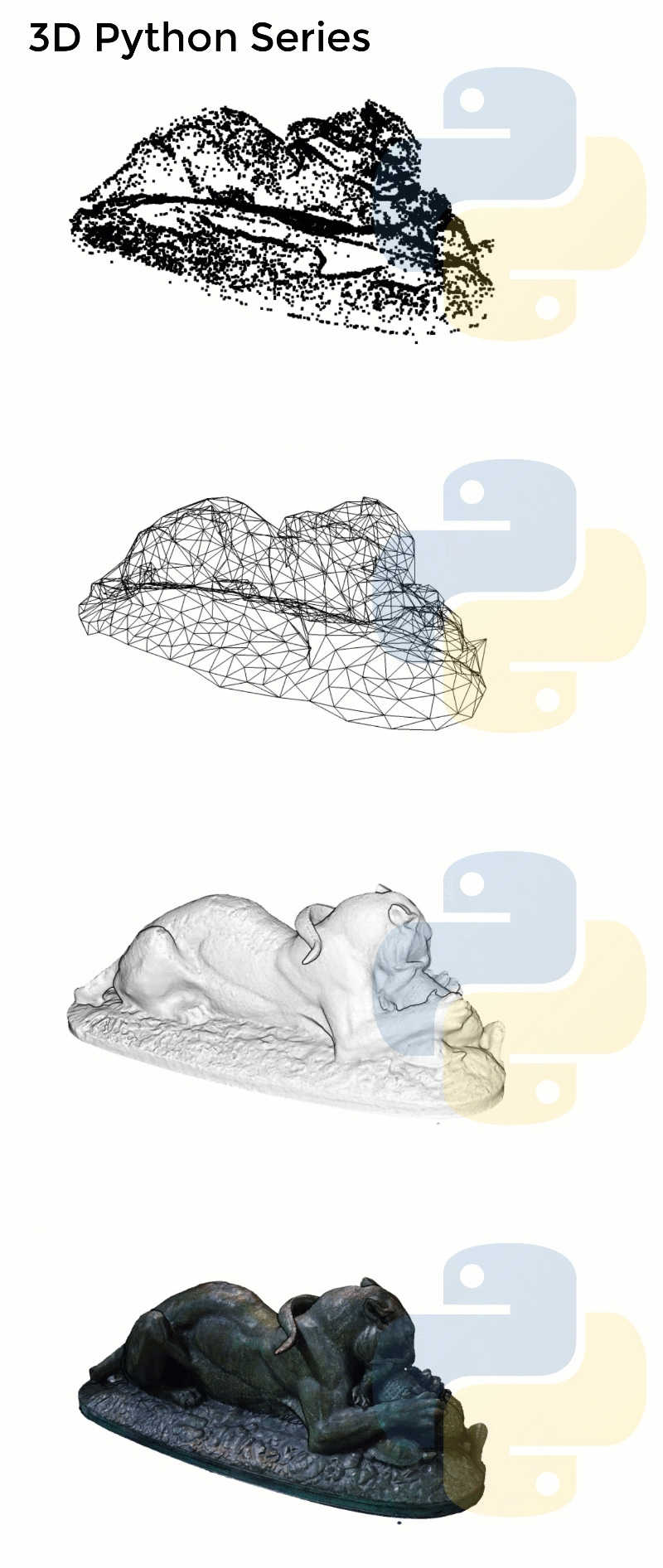BREAKING NEWS
LATEST POSTS
-
PlanCraft – An assumptions based project schedule generator
https://www.hasielhassan.com/PlanCraft/#about
It helps you create and Open Schedule Format (OSF) JSON file for your projects.
-
Elon Musk finally admits Tesla’s HW3 might not support full self-driving
The CEO said when asked about Tesla achieving its promised unsupervised self-driving on HW3 vehicles:
We are not 100% sure. HW4 has several times the capability of HW3. It’s easier to get things to work on HW4 and it takes a lot of efforts to squeeze that into HW3. There is some chance that HW3 does not achieve the safety level that allows for unsupervised FSD.
-
NoPoSplat – Surprisingly Simple 3D Gaussian Splats from Sparse Unposed Images
A feed-forward model capable of reconstructing 3D scenes parameterized by 3D Gaussians from unposed sparse multi-view images.
-
Apple reaches deal to acquire Pixelmator
https://9to5mac.com/2024/11/01/apple-reaches-deal-to-acquire-pixelmator
Pixelmator has signed an agreement to be acquired by Apple, subject to regulatory approval. There will be no material changes to the Pixelmator Pro, Pixelmator for iOS, and Photomator apps at this time.
https://www.pixelmator.com/pro/
-
Linus Torvalds on GenAI
Linus Torvalds, the creator and maintainer of the Linux kernel, talks modern developments.
-
Niantic SPZ – open source, compressed gaussian splats file format
https://scaniverse.com/news/spz-gaussian-splat-open-source-file-format
https://github.com/nianticlabs/spz
• Slashes file sizes by 90% (250MB → 25MB) with virtually zero quality loss
• Lightning-fast uploads/downloads, especially on mobile
• Dramatically reduced memory footprint
• Enables real-time processing right on your phoneTech breakthrough:
• Smart compression of position, rotation, color & scale data
• Column-based organization for maximum efficiency
• Innovative fixed-point quantization & log encodinghttps://www.8thwall.com/products/niantic-studio
FEATURED POSTS
-
SourceTree vs Github Desktop – Which one to use
Sourcetree and GitHub Desktop are both free, GUI-based Git clients aimed at simplifying version control for developers. While they share the same core purpose—making Git more accessible—they differ in features, UI design, integration options, and target audiences.
Installation & Setup
- Sourcetree
- Download: https://www.sourcetreeapp.com/
- Supported OS: Windows 10+, macOS 10.13+
- Prerequisites: Comes bundled with its own Git, or can be pointed to a system Git install.
- Initial Setup: Wizard guides SSH key generation, authentication with Bitbucket/GitHub/GitLab.
- GitHub Desktop
- Download: https://desktop.github.com/
- Supported OS: Windows 10+, macOS 10.15+
- Prerequisites: Bundled Git; seamless login with GitHub.com or GitHub Enterprise.
- Initial Setup: One-click sign-in with GitHub; auto-syncs repositories from your GitHub account.
Feature Comparison
(more…)Feature Sourcetree GitHub Desktop Branch Visualization Detailed graph view with drag-and-drop for rebasing/merging Linear graph, simpler but less configurable Staging & Commit File-by-file staging, inline diff view All-or-nothing staging, side-by-side diff Interactive Rebase Full support via UI Basic support via command line only Conflict Resolution Built-in merge tool integration (DiffMerge, Beyond Compare) Contextual conflict editor with choice panels Submodule Management Native submodule support Limited; requires CLI Custom Actions / Hooks Define custom actions (e.g., launch scripts) No UI for custom Git hooks Git Flow / Hg Flow Built-in support None Performance Can lag on very large repos Generally snappier on medium-sized repos Memory Footprint Higher RAM usage Lightweight Platform Integration Atlassian Bitbucket, Jira Deep GitHub.com / Enterprise integration Learning Curve Steeper for beginners Beginner-friendly - Sourcetree





